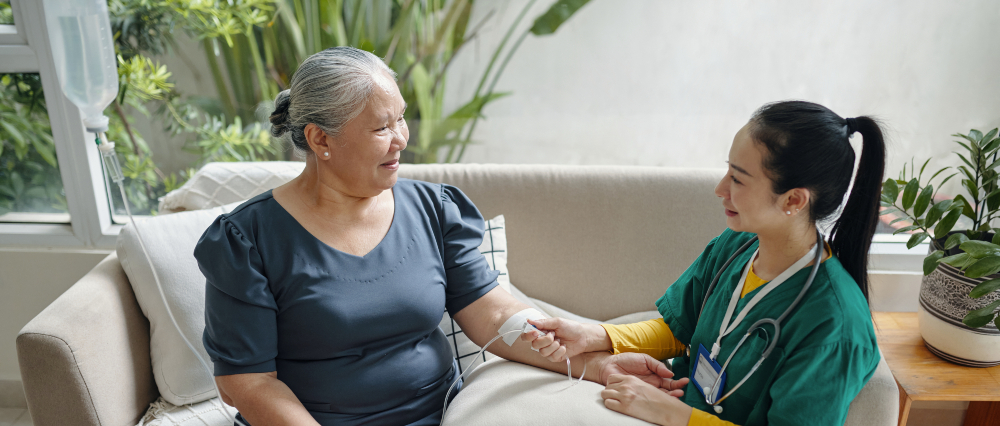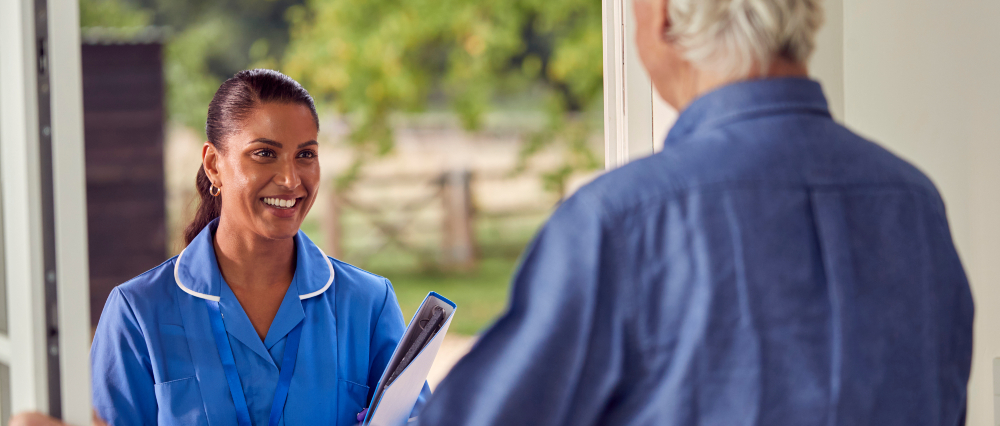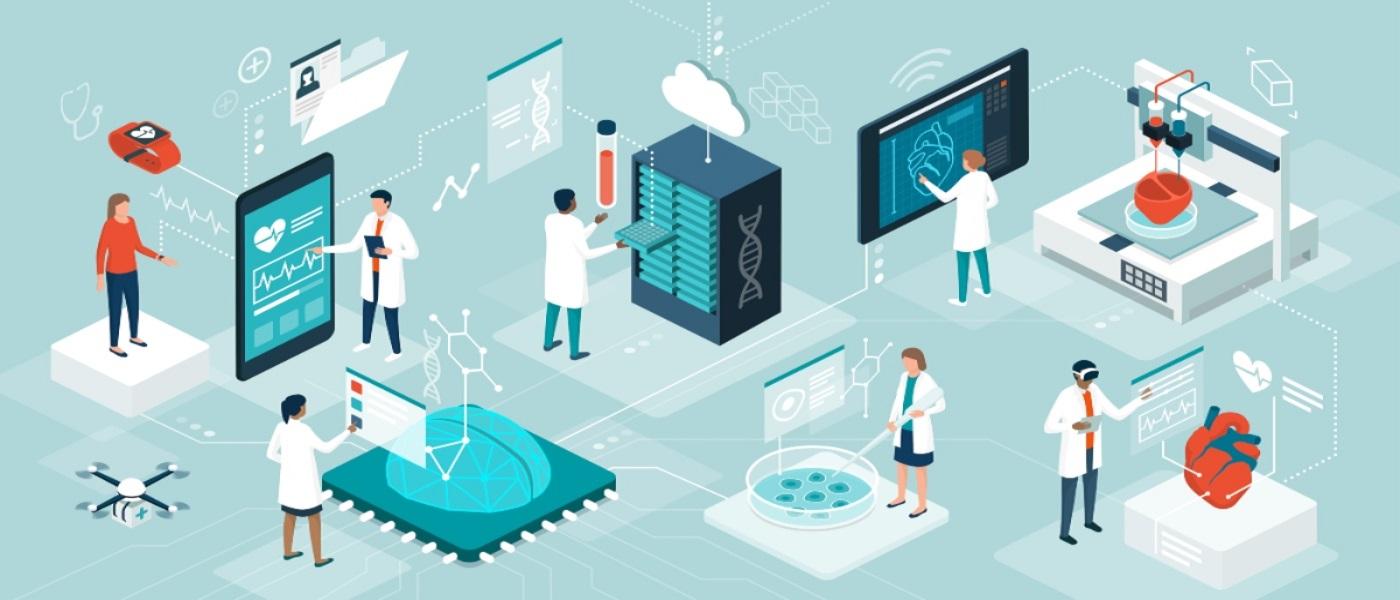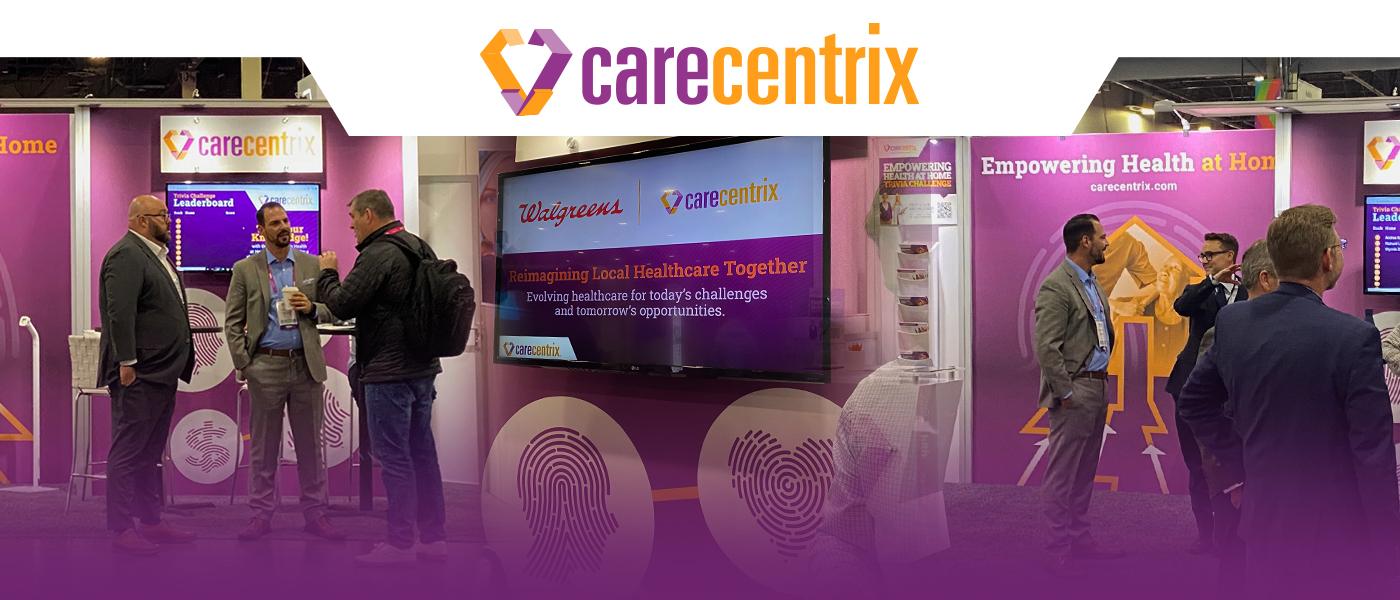
When a car needs an oil change, most people drive to a mechanic. Some people do their own oil changes at home. But until recently, it was unthinkable that a mechanic would come to your home to change your oil.
Today, an application on your telephone allows you to do just that. The internet has changed everything. Well… almost everything.
Unfortunately, the gig economy has not yet fully penetrated the world of healthcare, despite some early furtive attempts. There are several reasons why healthcare is late to the party. Not least among them is that many stakeholders in the community believe that healthcare is already centered in the home.
The idea of the “medical home” is not new, and was created prior to the advent of current connectivity technology. The concept has circulated among healthcare professionals and planners for over 20 years. Ideally, the medical home refers to coordination of a patient’s care by an integrated team led by a primary care physician. More recently the expression “medical home” has been expanded to “patient-centered medical home” to reflect the desire of planners to place the needs of the patient (as opposed to the care team) at the forefront of all decision-making.
Neither home nor patient-centered
Unfortunately, the patient-centered medical home (PCMH) suffers from two crucial existential problems: the “home” is not the patient’s home, and the patient is not actually at the center. The medical home is generally a primary care physician’s office, where all of the patient’s information finds a “home.” As for the occupant of the “center,” the literature specifically names the primary care physician, not the patient, as the key player. If the PCMH were a football team, the primary care physician would be the quarterback. The patient would be the ball.
What would it take to make the patient’s home the center of care? It would take a combination of technology, financial incentives, and above all, attitude.
Technology
Most of the technology necessary to bring healthcare home is already available. One constant has been the telephone, which may have been the doctor’s most valuable piece of equipment. In any field of human endeavor where communication is paramount, the telephone allows people who are not in the same place to exchange information, ask questions, and collaborate. The advent of Internet-based video conferencing has vastly improved our communication potential, even for exchange of protected information such as health care data. They don’t call them ‘smart phones’ for nothing!
A number of monitoring devices have been developed that allow patients to measure health-related parameters and send them to physicians for interpretation. The patient can easily share the data from a monitor with her care team.
Financial incentives
One reason physicians have not embraced communication technology is that health insurance companies have been reluctant to reimburse these communications. But even if such communications were reimbursed, many physicians might resist adoption. One reason is a deep-seated conviction on the part of physicians that good health care can only occur when the physician actually sees the patient in person. Another reason, whether explicitly acknowledged or not, is that the technology may reduce reimbursement to the physician.
Although annual check-ups can be performed in a patient’s home, good luck getting Medicare or private insurance to pay. Similarly, current reimbursement structures will allow Medicare reimbursement for IV tubing and medications, but not for the nurse to perform the administration. The recently enacted 21stCentury Cures Act promises to correct this deficiency, and open a path to allow more healthcare services through the door of the patient’s home.
Attitude
Finally, and perhaps most important, for the dream of a true patient-centered medical home to be realized, all stakeholders, providers and patients alike, need a change in attitude. We all need to recognize and embrace the enormous opportunity that medical technology presents. Internet-based technology is moving the center of gravity in medicine toward the home, away from the doctor’s office and the hospital. As technology allows patients to receive care at home, where they want care to be delivered, healthcare professionals will have no choice but to change their own attitudes toward the profession.
When that change in attitude happens, all stakeholders, physicians and patients alike will work together to realize the dream of the patient-centered medical home: medical care delivered at the patient’s home, with the patient and his/her needs placed front and center.





